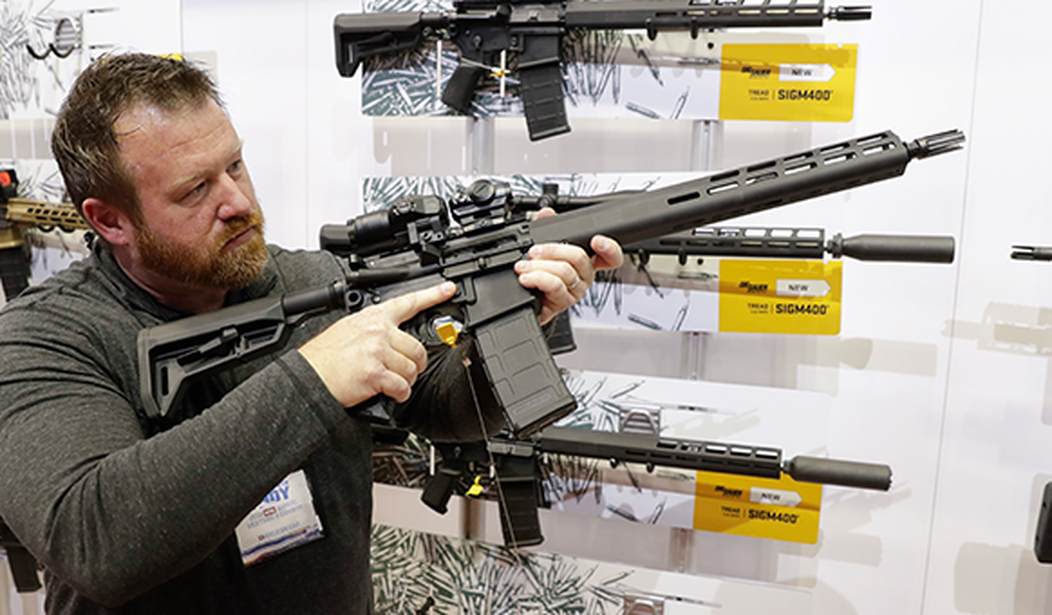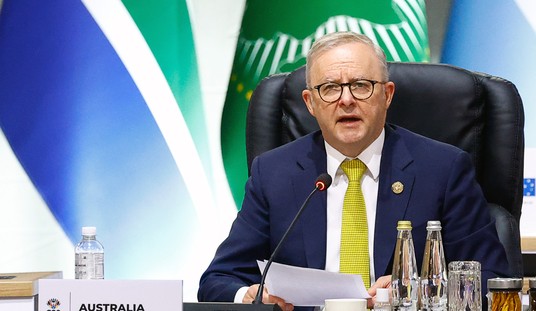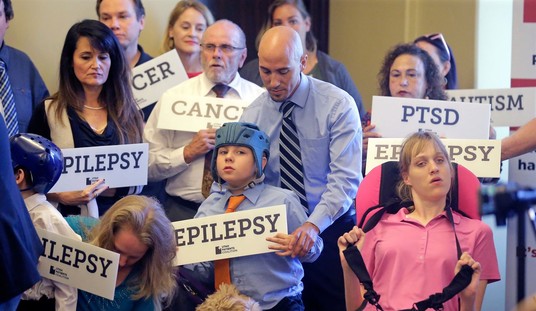Over the weekend, my home state of Georgia was rocked by a mass shooting. The suspect was at large for some time but was eventually found and killed by police in a shoot-out.
There are still plenty of questions about the shooting and what precipitated it, but that’s normal after an event like this. We still don’t know the motivations for the Las Vegas shooter, for example, nor do we have the Nashville shooter’s manifesto to understand the motivations there.
But mass shootings, while more prevalent here in the US, are anything but our exclusive domain. I’ve written about far too many in far too many other nations for me to accept that.
Unfortunately, the author of this piece, titled, “Mass Shootings are Uniquely American,” doesn’t apparently get that.
Mass shootings in the United States have tragically become all too familiar, representing a deeply unsettling and distressing aspect of American society. According to the Gun Violence Archive, there have been more than 340 mass shootings in the U.S. so far in 2023, the highest rate in recent history. These horrific acts of violence not only claim innocent lives but also leave indelible scars on the fabric of communities, instilling fear, and a sense of vulnerability.
A deadly mass shooting on July 4th in Philadelphia serves as a symbol of this growing problem. On the same day America celebrated its independence, a 40-year-old male opened fire, killing five and wounding two children. Philadelphia has seen a rise in homicides as have other major cities such as Washington, San Francisco, Los Angeles, Milwaukee, and Baltimore. It is important to stress that mass shootings are not just an urban problem. The frequency of such gun-related incidents (homicides, unintentional shootings, and suicides) in the U.S. is higher than in many other developed nations with the number of deaths this year reaching 21,042. Additionally, 18,033 people have been injured in gun-related events during the same period.
While the definition of “mass” shootings can vary, the numbers cited refer to incidents in which four or more people were killed. While school shootings such as the one at Columbine High School in Littleton, Colorado on April 20, 1990, capture significant media attention, other incidents are also categorized as mass shootings. Gang-related deaths and “heat-of-the-moment” incidents make up the majority of mass shootings; in 2022 they accounted for 60% of such deaths. Domestic incidents made up 10% of the total, with indiscriminate rampages, so-called “lone-wolf” shootings in workplaces or public areas such as shopping malls, movie theatres, concerts, festivals, or other crowded venues making up 3% of the total.
Except, that’s beyond incorrect.
The 340 mass shootings this year claim comes from Gun Violence Archive, which doesn’t require four or more deaths in a shooting to earn a spot as a mass shooting, just four or more people shot.
What the author is doing is using one statistic, then changing the definition to make it appear more horrifying. The definition he cites is more akin to the one used by USA Today for their database, which I wrote about last week. They cited just 28 mass shootings in the first half of the year that met that definition.
That’s a far cry from 340 mass shootings, don’t you think?
Now, whether the author is misunderstanding the facts or whether he is outright lying is something I can’t say with any certainty. I don’t know him so I don’t have a window into his soul.
But considering his next bit, it seems oddly self-serving.
You see, he then goes on to claim that the Constitution enables mass shootings because the Second Amendment prohibits gun control.
There are problems with this argument, though, in part because as I’ve noted, there have been numerous mass shootings in other nations, particularly in countries with extensive gun control laws on the books.
Further, the Second Amendment has been around since 1791, yet mass shootings are a relatively recent phenomenon.
“But they didn’t have AR-15s then,” someone might try to chime in, which is fair. The Founding Fathers would have loved to have had them, but they didn’t.
Yet even that argument fails to account for the recent mass shooting phenomenon because the AR-15 was first offered to the civilian market in 1964. That’s nearly 60 years since these guns were offered and only recently have we seen an uptick in their use in these horrific events.
Hell, handguns are still more commonly used for mass shootings, but some people won’t accept that fact.
So what we have here is someone who is so heavily anti-gun they’ll make up facts to support their conclusion. It kind of explains why they conflated one definition for mass shootings and then used the number derived from a different definition, doesn’t it?








Join the conversation as a VIP Member